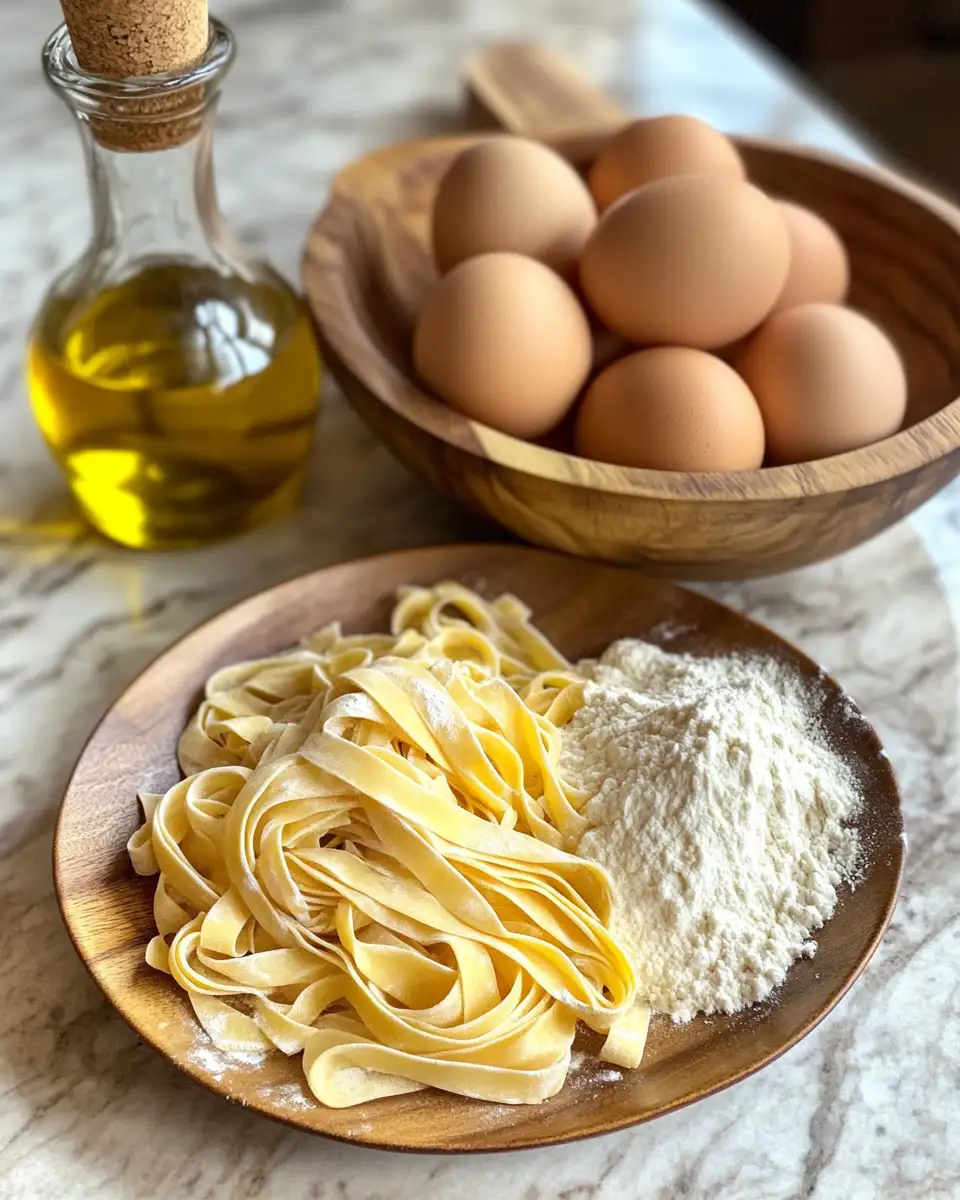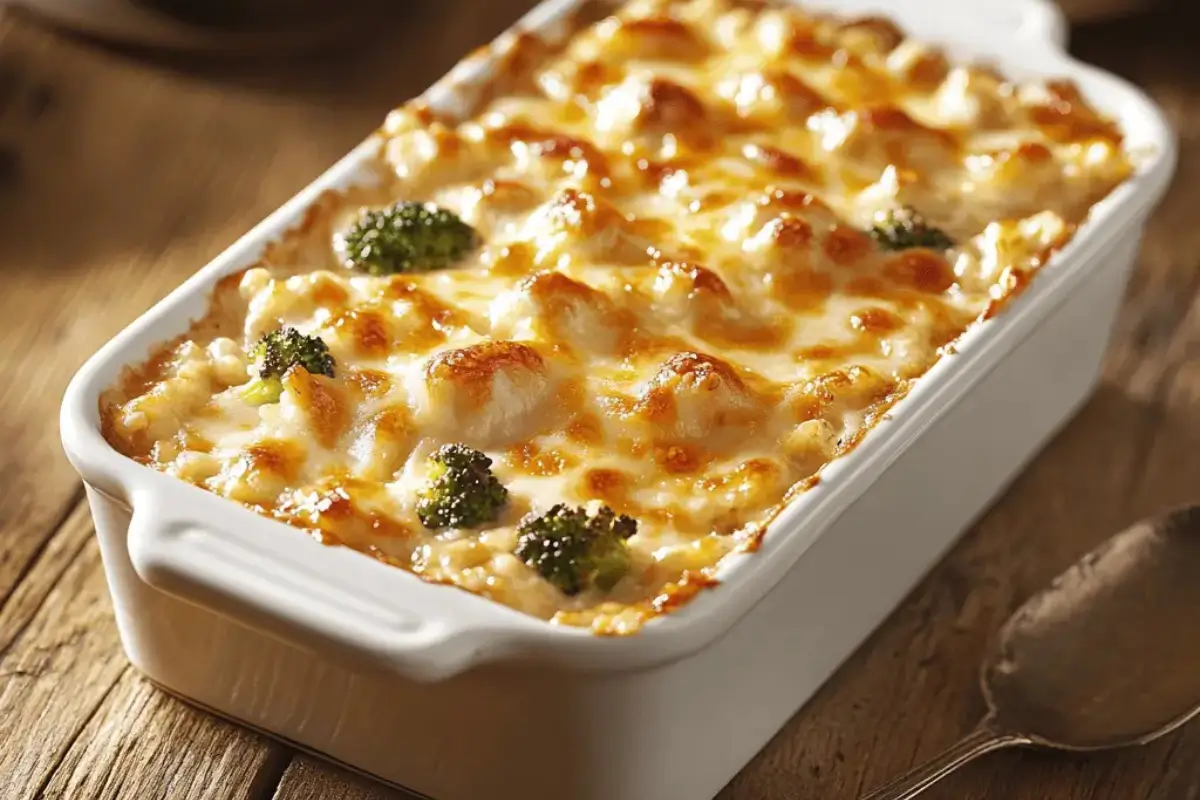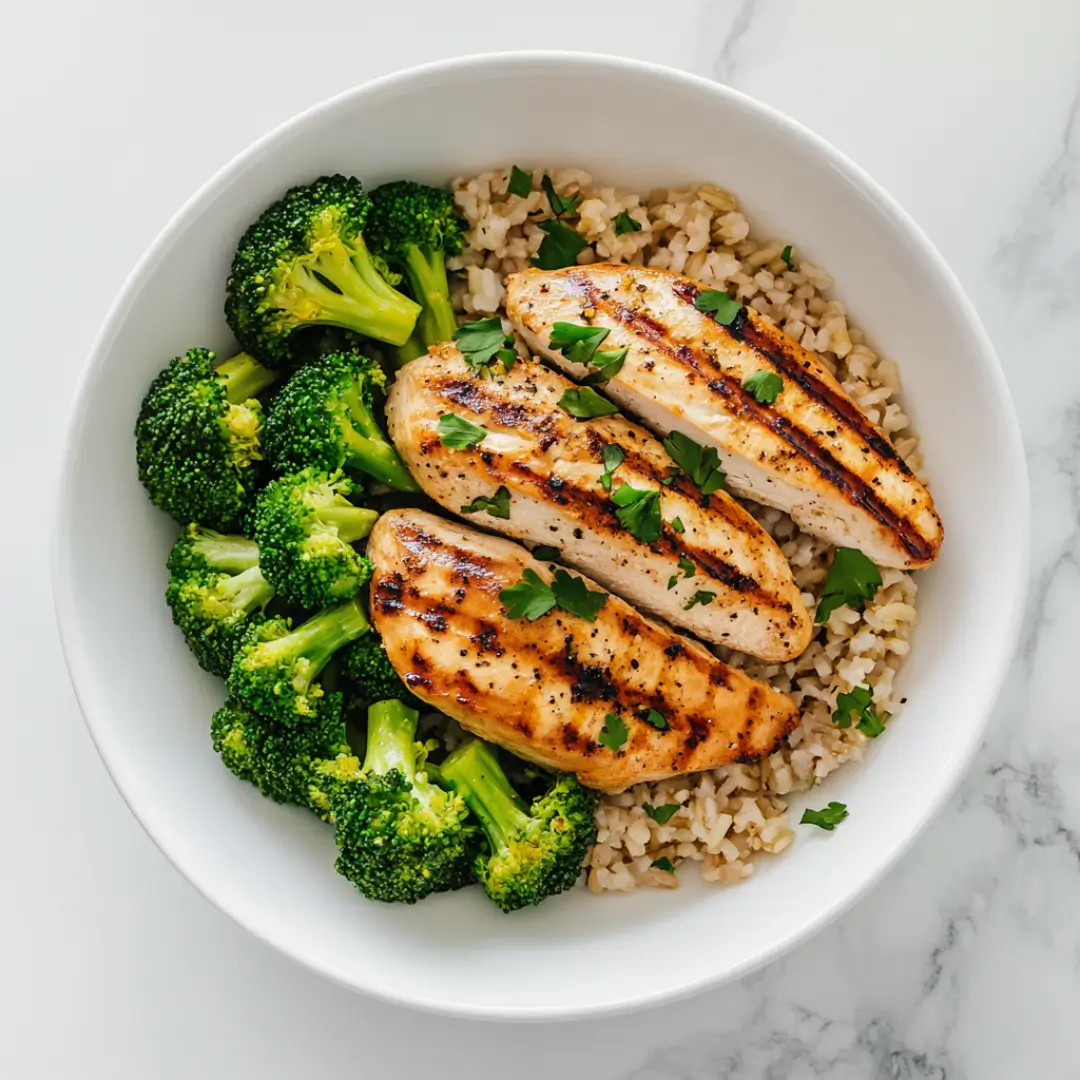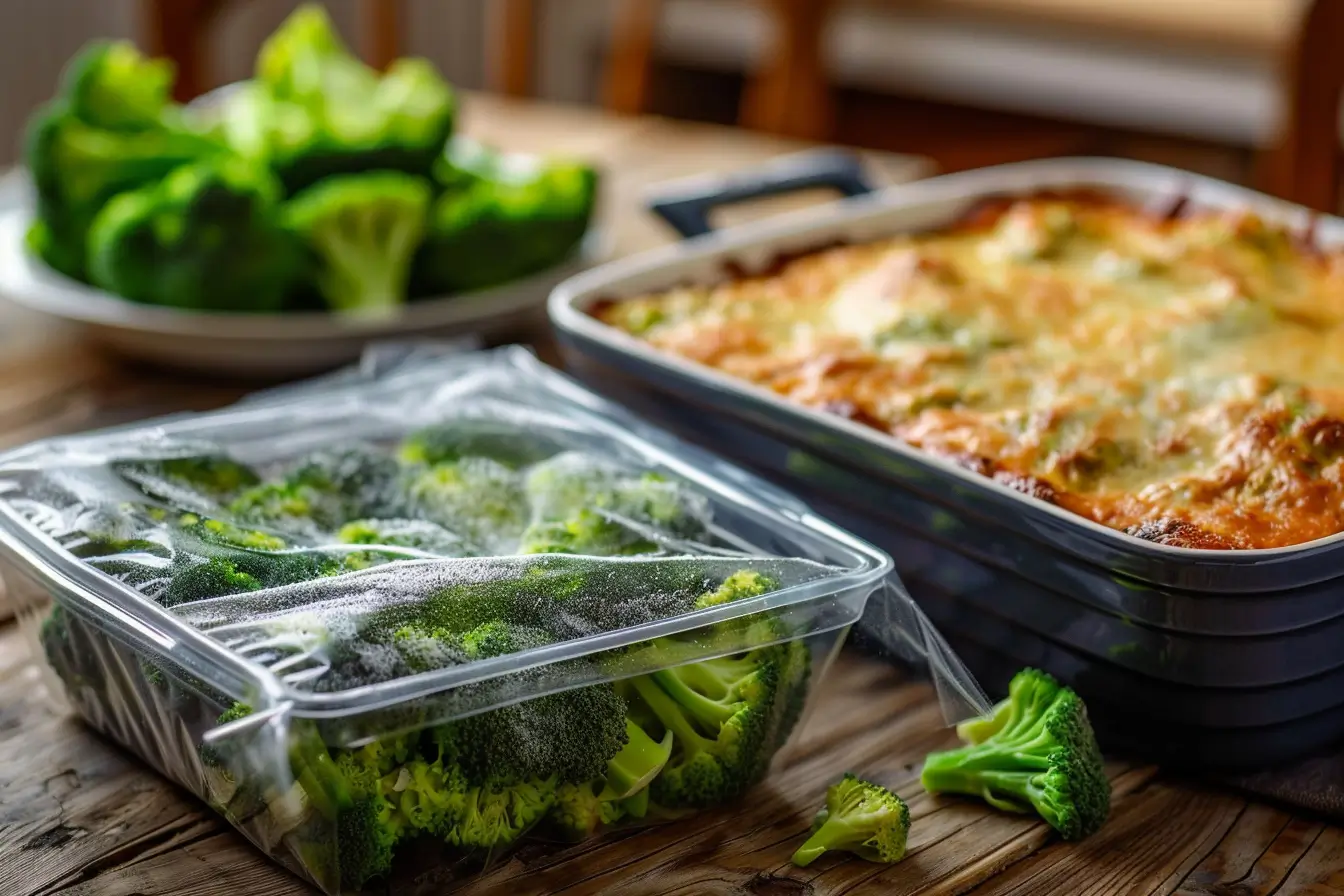There’s something truly magical about crafting a pasta recipe DIY in your own kitchen. Growing up, I spent countless hours in the kitchen with Mama Lou, who taught me that the heart of Italian cooking was not just the ingredients but the love and stories woven into each dish. Those afternoons with her were filled with laughter and flour-dusted aprons, and every time I make pasta, it feels like she’s right there beside me, guiding my hands. Today, I want to share a piece of that magic with you through a recipe that’s as comforting as a warm embrace, laced with the flavors and scents that transport me back to those cherished moments. Let’s dive into the art of homemade pasta, a tradition that’s more than just a meal—it’s a connection to family, heritage, and love.
Table of Contents
Why You’ll Love This pasta recipe diy
This pasta recipe DIY is a labor of love that transforms simple ingredients into a dish that sings with flavor and nostalgia. What makes this recipe particularly special is its ability to bring people together. Whenever my sister Ouma and I needed a pick-me-up, we’d turn to this pasta recipe. Kneading the dough was not just therapeutic but a wonderful bonding experience. You’ll love this recipe because it’s not just about the end result—it’s about the journey, the memories you create, and the joy of sharing a homemade meal with those you love.
Ingredients You’ll Need for This pasta recipe diy

To make this pasta recipe, you’ll need a handful of pantry staples that come together to create something extraordinary. Here’s what you’ll need:
- 2 cups all-purpose flour (plus extra for dusting)
- 3 large eggs
- 1 tablespoon olive oil
- 1/2 teaspoon salt
- Optional: 1 tablespoon water (if dough is too dry)
If you’re feeling adventurous or have dietary restrictions, you can substitute the all-purpose flour with whole wheat flour for a nuttier flavor or gluten-free flour for a celiac-friendly option. Similarly, adding a tablespoon of spinach or beet puree to the dough can add color and nutrients, which is something Mama Lou loved to do when she wanted to surprise us with colorful pasta.
Nutrition Facts
When it comes to nutrition, homemade pasta offers a balance of macronutrients. Here’s a breakdown per serving:
- Calories: 200
- Protein: 7g
- Fat: 5g
- Carbohydrates: 32g
- Fiber: 2g
- Sugar: 0g
- Sodium: 150mg
These values may vary based on the specific ingredients used, but homemade pasta is generally a wholesome, satisfying option.
PrintUnveiling the Ultimate Pasta Recipe DIY: Transform Your Kitchen into an Italian Bistro
Ingredients
Steps to Create Your pasta recipe diy
Making pasta from scratch is a rewarding experience that’s easier than you might think. Just follow these steps: Learn more: Discover Flavor: Your Ultimate Pasta Recipe Book Adventure
- On a clean surface, create a mound with the flour and make a well in the center. Crack the eggs into the well, add olive oil and salt.
- Using a fork, gently beat the eggs, gradually incorporating the flour starting from the inner rim of the well.
- Once the mixture becomes too stiff to mix with a fork, begin kneading by hand. Add a little water if the dough is too dry.
- Knead the dough for about 10 minutes until it is smooth and elastic. This part always reminds me of Mama Lou’s advice: “Feel the dough—it should be as soft as a baby’s cheek.”
- Wrap the dough in plastic wrap and let it rest for at least 30 minutes. This allows the gluten to relax, making it easier to roll out.
- After resting, divide the dough into four pieces. Keep the pieces you’re not currently using covered.
- Roll out each piece into a thin sheet using a pasta machine or rolling pin, dusting with flour as needed.
- Cut the sheets into your desired pasta shape—fettuccine, tagliatelle, or even lasagna sheets.
- Cook the pasta in a large pot of boiling salted water for 2-4 minutes, until al dente. Fresh pasta cooks much faster than dried pasta.
Remember, patience is key. As Mama Lou used to say, “Good things come to those who wait—and knead!”
Tips for Making the Best pasta recipe diy
Here are a few tips to ensure your pasta turns out perfect every time:
- Rest the dough: Don’t skip the resting step; it makes rolling out the dough much easier.
- Flour is your friend: Keep dusting your work surface and rolling pin to prevent sticking.
- Feel the dough: Texture is everything. It should be smooth and elastic, not sticky or dry.
- Experiment with flavors: Incorporate herbs or spices into the dough for a unique twist.
These tips are drawn from years of trial and error, and a bit of wisdom passed down from generations.
Serving Suggestions and Pairings
Once your pasta is ready, the possibilities are endless. Serve it simply with a drizzle of olive oil and a sprinkle of Parmesan, or with a rich tomato or creamy Alfredo sauce. Mama Lou always loved pairing freshly made pasta with a homemade marinara sauce, simmered for hours to develop deep, rich flavors.
For a complete meal, I recommend serving this pasta with a side of garlic bread and a crisp green salad. A glass of Chianti complements the meal perfectly, enhancing the flavors and adding to the Italian dining experience.
Storage and Reheating Tips
Homemade pasta can be stored in the refrigerator for up to two days, or frozen for up to a month. To freeze, lay the pasta on a baking sheet in a single layer, freeze until solid, then transfer to a zip-top bag.
When reheating, drop the pasta into boiling water for a minute or two until warmed through. Avoid microwaving, as it can make the pasta gummy.
Frequently Asked Questions
Q: How long does it take to make pasta recipe diy from scratch?
A: Making pasta from scratch typically takes about 1 to 2 hours. This includes mixing and kneading the dough, allowing it to rest, and then rolling and cutting it into your desired shape. The cooking time is usually under 5 minutes once you drop the pasta into boiling water.
Q: What is the best way to store homemade pasta from my diy pasta recipe?
A: To store homemade pasta, first let it dry on a cloth or drying rack for at least 30 minutes. Then, you can refrigerate it in an airtight container for up to 2 days or freeze it for up to a month. Just make sure to dust it with flour to prevent sticking before storing.
Q: Can I substitute ingredients in my pasta recipe diy if I don’t have semolina flour?
A: Yes, you can use all-purpose flour or a mix of all-purpose and whole wheat flour as a substitute for semolina flour. The texture might be slightly different, but it will still yield delicious homemade pasta. Just keep an eye on the dough consistency and adjust with water or flour as needed.
Q: What are some tips for rolling out dough evenly in a pasta recipe diy?
A: To roll out dough evenly, start by flattening the dough with your hands before using a rolling pin. Roll from the center outward, rotating the dough periodically to ensure even thickness. If you have a pasta machine, use it for consistent results, gradually working through the settings for even thickness.
Final Thoughts
Creating a pasta recipe DIY is more than a culinary task—it’s a heartfelt journey back to the days spent in Mama Lou’s kitchen, where every meal was a celebration of love and togetherness. As you roll out the dough and shape it into your desired form, remember that you’re not just making pasta—you’re crafting memories. Whether you’re sharing it with family or savoring a quiet dinner alone, this homemade pasta is a tribute to the traditions and flavors that connect us across generations. Buon appetito!








